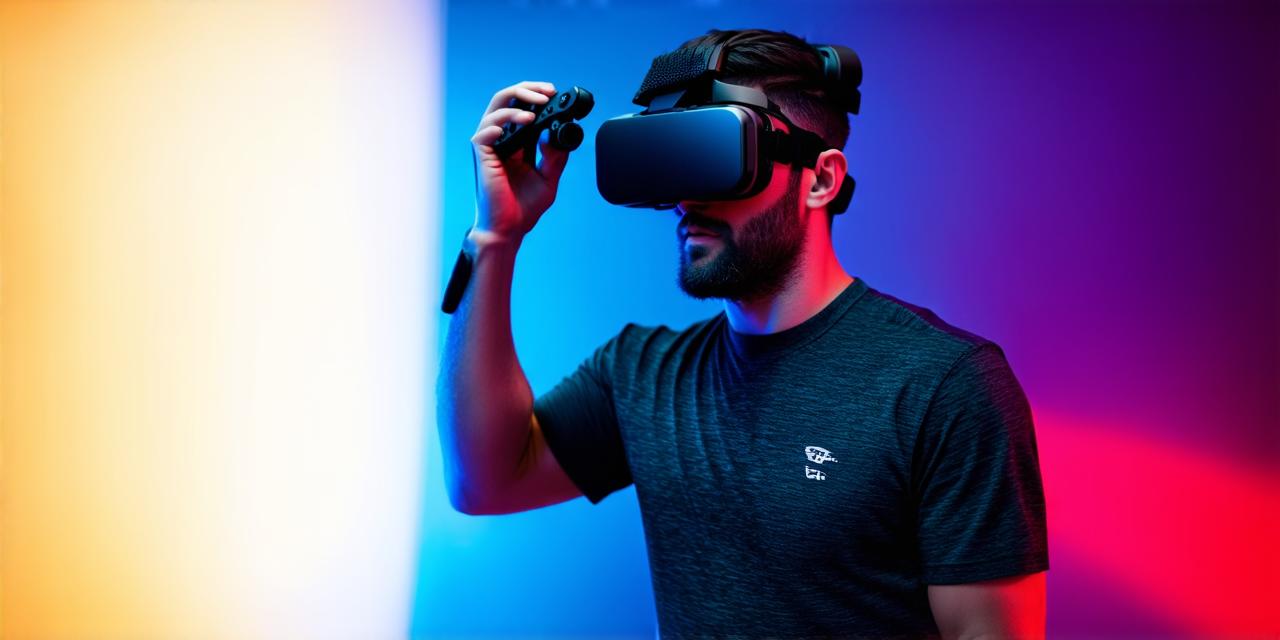Augmented Reality (AR)
AR is a technology that overlays digital information onto the real world. This means that it enhances or “augments” the user’s view of the physical environment with additional digital elements, such as graphics, sounds, and other interactive content. AR can be experienced through a variety of devices, including smartphones, tablets, and head-mounted displays (HMDs).
AR is often used for educational or entertainment purposes. For example, it can be used to teach anatomy by overlaying digital models onto the user’s body, or to enhance the experience of a museum or art gallery by providing additional information about exhibits. AR can also be used in gaming and advertising to create interactive and engaging experiences for users.
Virtual Reality (VR)
VR is a technology that completely immerses the user in a digital environment. It uses sensors and head-mounted displays to track the user’s movements and provide a 360-degree view of a virtual world. VR can be experienced through a variety of devices, including HMDs and motion controllers.
VR is often used for gaming, entertainment, and training purposes. For example, it can be used to create realistic simulations of real-world scenarios, such as flying an airplane or fighting in a battlefield. VR can also be used for education and training, such as simulating surgeries or emergency responses.
Mixed Reality (MR)
MR is a technology that combines elements of AR and VR to create a hybrid experience. It allows users to interact with both the real world and digital elements, creating a seamless and immersive experience. MR can be experienced through a variety of devices, including HMDs and motion controllers.
MR is often used for design, engineering, and education purposes. For example, it can be used to create interactive 3D models that can be manipulated in real-time, or to simulate complex scientific experiments. MR can also be used for training and simulation, such as creating virtual environments for military exercises.
Conclusion
In conclusion, AR, VR, and MR are all emerging technologies that offer immersive and interactive experiences to users. While they share some similarities, they also have distinct differences in terms of how they work and what they can be used for. AR is best suited for educational or entertainment purposes, VR is best suited for gaming and training, and MR is best suited for design, engineering, and education purposes. By understanding the key differences between these three technologies, you can better determine which one is right for your needs.
